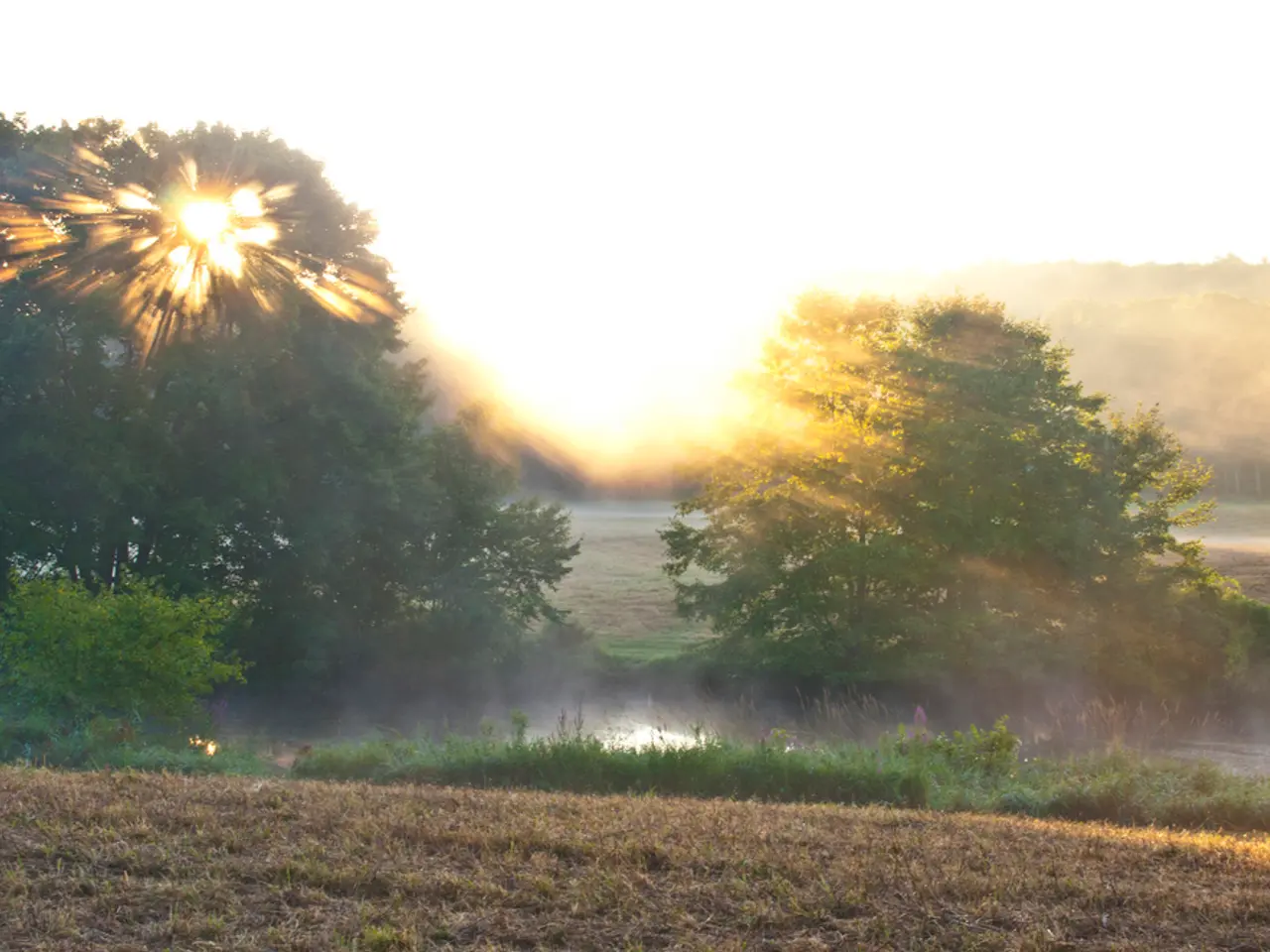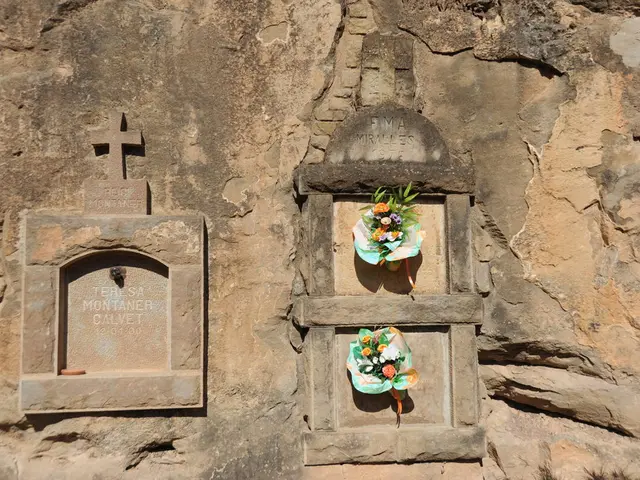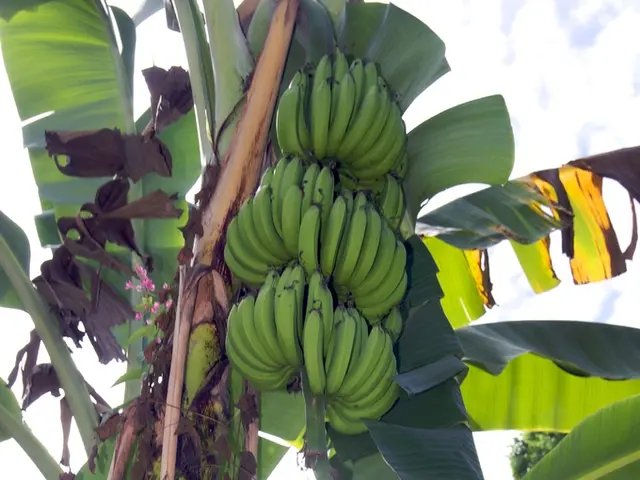India's Cold Desert Reserve Joins UNESCO's Global Network
The Cold Desert Biosphere Reserve in Himachal Pradesh has been inducted into UNESCO's World Network of Biosphere Reserves, making India the 13th country to achieve this prestigious status. This recognition highlights India's commitment to sustainable development and biodiversity preservation.
Spread across approximately 7,770 square kilometres in the trans-Himalayan region of Lahaul and Spiti, the reserve is home to a diverse range of flora and fauna, including the snow leopard, blue sheep, Himalayan wolves, and Himalayan ibex. It encompasses key protected areas like Pin Valley National Park and Kibber Wildlife Sanctuary, and is divided into core, buffer, and transition zones for conservation, sustainable use, and community engagement.
The reserve faces challenges such as climate change impacts, temperature extremes, and tourist pressure. However, it also presents opportunities for responsible ecotourism and research collaborations. With about 12,000 inhabitants, the reserve's dispersed high-altitude communities rely on traditional livelihoods like pastoral activities and farming. UNESCO's recognition is expected to support climate resilience efforts and integrate conservation with community livelihoods.
The Cold Desert Biosphere Reserve, India's first high-altitude cold desert biosphere, joins the global network of UNESCO biosphere reserves. This recognition underscores India's commitment to sustainable development and biodiversity preservation, and is set to support climate resilience efforts and encourage responsible ecotourism in the region.
Read also:
- Harsh Desert Environments Support Thriving Fruit Groves: Agriculture in Severe Climates
- One night of sleep deprivation can cause changes in our genes, according to a research study.
- Legendary Primatologist Dame Jane Goodall Dies at 91
- Countries initiate aggressive campaign to prohibit smoking in vehicles







